 |
| Our army successfully applied the tactic of "sneaking in", digging trenches, secretly approaching deep into the enemy's fort, so much so that the French army felt like our troops were "coming out of the ground" right in the middle of the enemy's fort. Photo: VNA file |
To encourage our officers and soldiers before the second attack of the Dien Bien Phu Campaign, on March 29, 1954, General Vo Nguyen Giap, Commander-in-Chief of the Vietnam People's Army, sent a letter to officers and soldiers before the attack on the eastern area of the Dien Bien Phu stronghold. The General affirmed: “Today, our offensive and encirclement positions have been largely completed, which is truly a great project. That project has helped us tighten the siege, limiting the enemy's reinforcements and supplies. Not only that, our positions have placed the entire enemy's depth area within the range of our mortar fire, and at the same time helped our troops move closer to attack the enemy. The offensive and encirclement positions have made many of the enemy's fierce bombings almost ineffective. The offensive and encirclement positions will bring us many new victories.”
Our battlefield is not only a battle line, providing a safe hiding place for our troops. It also creates conditions for us to easily approach enemy bases, launch surprise attacks, allow us to effectively deal with counterattacks, as well as retreat safely when it is necessary to end the battle, helping officers and soldiers to have unexpected creativity during the fighting process.
Our trenches had broken the basic structure of the stronghold, completely separating the Hong Cum sector from the central area. From this moment on, De Castries could no longer expect rescue from the battalions stationed south of the Muong Thanh field.
In the book "Dien Bien Phu - Historical Rendezvous", General Vo Nguyen Giap said that people can easily see the difference between our battlefield and the enemy's battlefield.
The enemy's battlefield was a series of red trenches and pits, arranged in a very concentrated, closed manner, lying dead in the middle of a forest of lead-colored barbed wire and minefields, covered with colorful parachutes. Our battlefield was a trench stretching as far as the eye could see, surrounding the enemy's battlefield, with no obstacles, a pure red soil color, inside there were many branches reaching toward the enemy's battlefield, in the process of development it itself grew new branches. This giant, rapidly multiplying wire ring was what would decide the fate of the steel porcupine Dien Bien Phu.
The enemy reacted very strongly to the development of the trenches, even more fiercely than when the resistance centers of the northern sector collapsed one after another. That proved that we were advancing on the path to victory.
The enemy clearly saw a new attack of ours aimed at the eastern hills through the trenches.
We expect the second attack to be decisive for the campaign.
In the second attack, our army aimed at three goals:
Also in the letter sent to officers and soldiers before the attack on the eastern area of the Dien Bien Phu stronghold on March 29, 1954, General Vo Nguyen Giap clearly stated the three purposes of this attack:
One is to destroy as many enemies as possible. To achieve that goal, not only must we attack many points at once, but we must also have extremely brave and courageous units that strike deep into the enemy's defenses, causing the enemy to be in chaos and destroying as much of their strength as possible, and destroying some of their command centers;
Second, destroy and capture part of the enemy's firepower positions, making them lose their support, then use their firepower positions to shoot at their heads;
Third, capture areas with favorable terrain and use them as our battlefields to take a step forward to strongly threaten the remaining enemies.
Four conditions for our army to win:
The Commander-in-Chief assessed that our army had the following four conditions for certain victory:
- This time we focus on absolute superiority in both troops and firepower, especially because all of our mortars can fire straight and right into the enemy's deep areas.
- We have a fairly solid offensive and siege position; so in this battle, our army still firmly adheres to the motto "Fight firmly, advance firmly".
- Our troops have gone through recent victorious battles, and have also gone through the successful construction of battlefields. They have more experience in attacking strongholds than before. They are confident that they can definitely fight and are determined to fight to the end.
- The enemy's morale in the siege was getting worse and worse, there were many wounded, supplies were difficult, every day they hoped the planes would bomb our firepower positions and kill our troops but it was ineffective, they were more and more worried and confused.
Difficulties our army encountered:
In a letter to officers and soldiers before the attack on the eastern area of the Dien Bien Phu stronghold on March 29, 1954, General Vo Nguyen Giap pointed out the difficulties:
- The first difficulty is that some comrades do not clearly understand the situation of the enemy and us, and therefore tend to underestimate the enemy, thus neglecting the organization of the battle, which can easily lead to failure. Some comrades do not clearly understand the importance of the upcoming battle, so they do not try their best, easily disregarding the task.
- The second difficulty is the organization of combat. To attack points, we must organize the breakthrough quickly, without making the same mistakes as before. To attack deeply into the enemy's defenses, we must organize the troops to be strong and compact, with enough explosives, light weapons, and enough impulse.
- In addition, there are other difficulties in organizing combat such as advancing during the day, how to avoid congestion, mastering communication information, etc. These are specific difficulties. If officers and soldiers pay attention to overcoming them, we will definitely win.
After analyzing the purpose of the second offensive, the conditions for our army to win, the difficulties our army will encounter, to ensure victory, the General said: “We only need to do one requirement correctly, all cadres and soldiers must be imbued with the determination of the superiors, when going into battle, they must be resolute and brave, fight quickly, solve problems quickly, fight strongly like a storm, not losing any opportunity to destroy the enemy. The first person falls, the next person rises, cadres and party members set an example for the whole army, each soldier sets an example when charging to kill the enemy, everyone has a great spirit, is not afraid of difficulties, is not afraid of casualties, making the enemy fear when they see our army. Everyone must have such determination, everyone must compete to raise high the flag of “Determination to fight, Determination to win” of President Ho”.
*Also on March 29, 1954, before the second offensive began on March 30, 1954, the General Military Commission sent a letter to all party members at the front, stating: “The upcoming battle is a very large battle of decisive nature to move to a general offensive to destroy all enemy troops in Dien Bien Phu. Comrades, please further promote the exemplary spirit of brave fighting of the Labor Party members, especially in the fierce and difficult moments. All of our comrades in the upcoming battle must be resolute, brave, fight quickly to resolve quickly, fight fiercely like a storm, not losing any opportunity to destroy the enemy, leading all cadres and soldiers to complete the glorious mission assigned by the Party”.
Source: [VNA; General Vo Nguyen Giap: Dien Bien Phu, National Political Publishing House, Hanoi, 1994; General Vo Nguyen Giap: Complete Memoirs, People's Army Publishing House, Hanoi, 2010, p.1019; Dien Bien Phu - Historical Rendezvous, People's Army Publishing House, Hanoi, 2001, pp. 253-257; Some documents directing the 1953-1954 Winter-Spring Campaign and the 1954 Dien Bien Phu Campaign, People's Army Publishing House, Hanoi, 2004, pp. 477-478].
Source








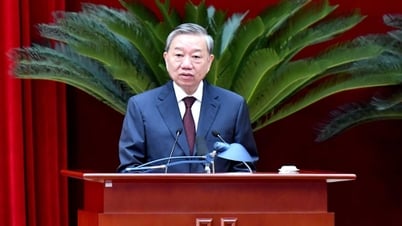


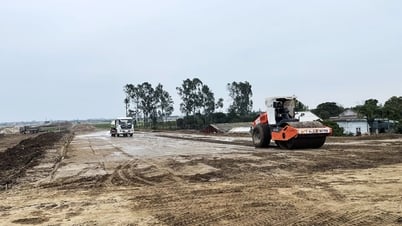


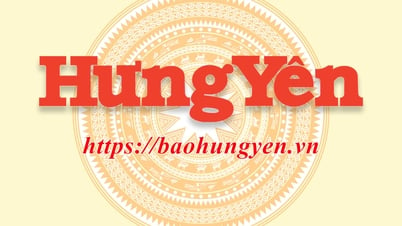

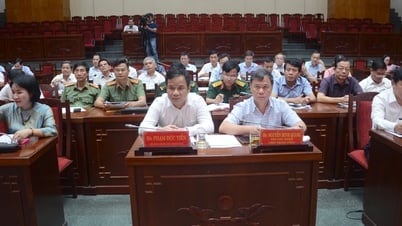

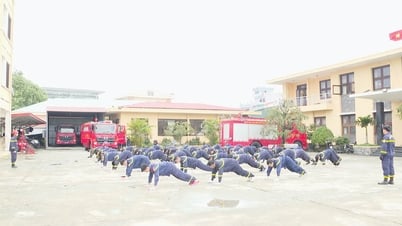
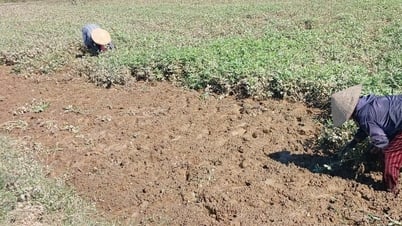
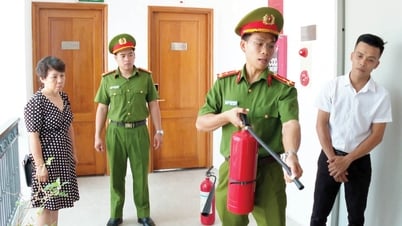

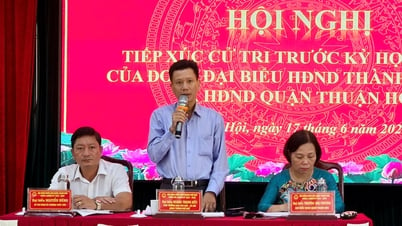




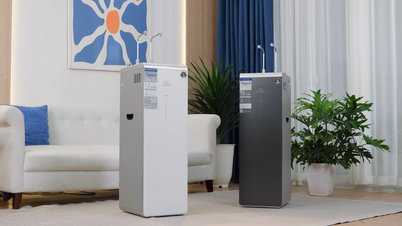

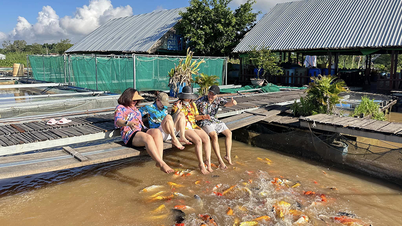

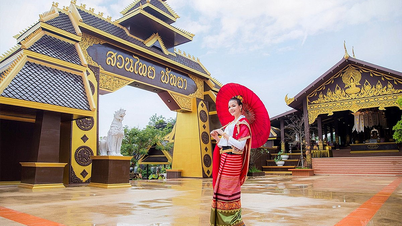














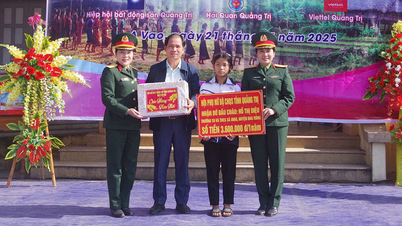































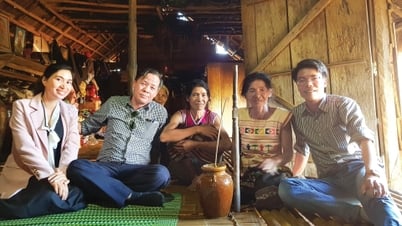

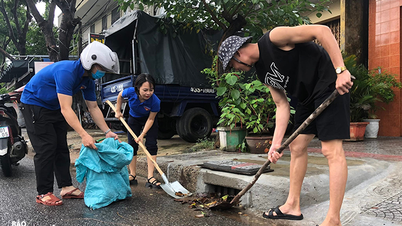


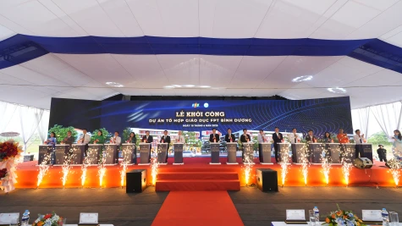

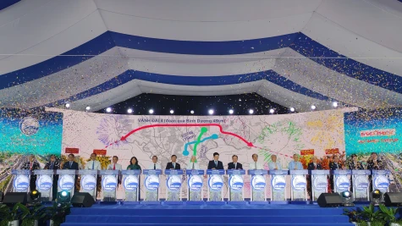
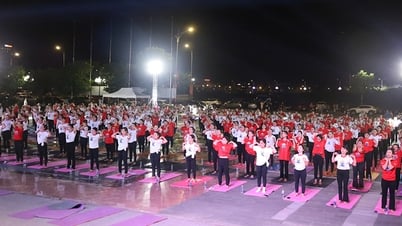













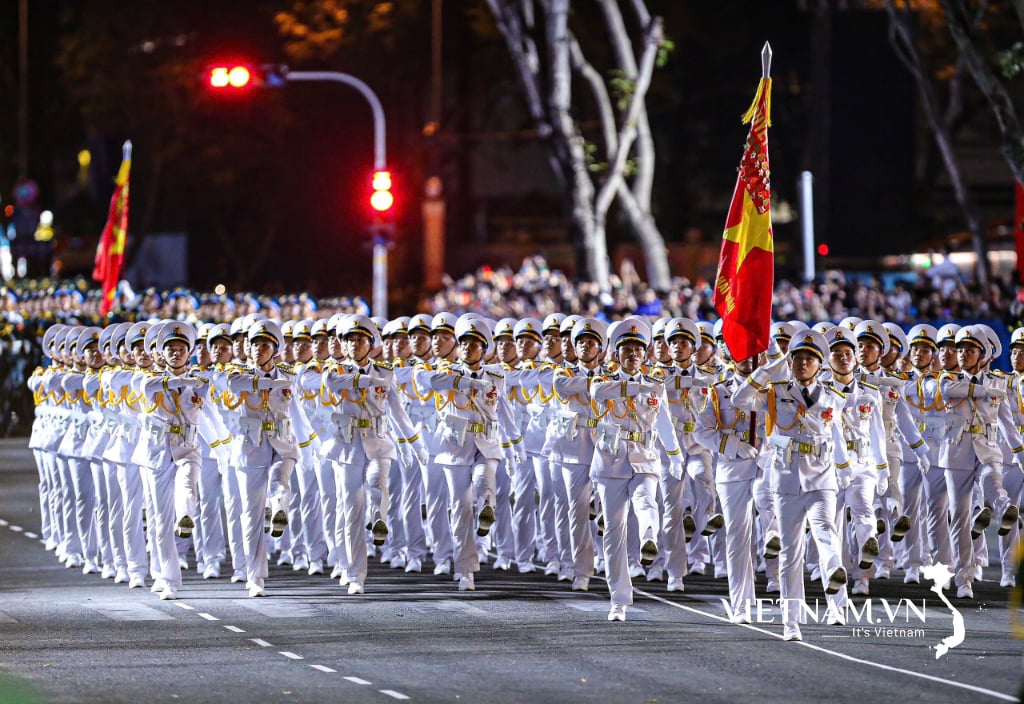

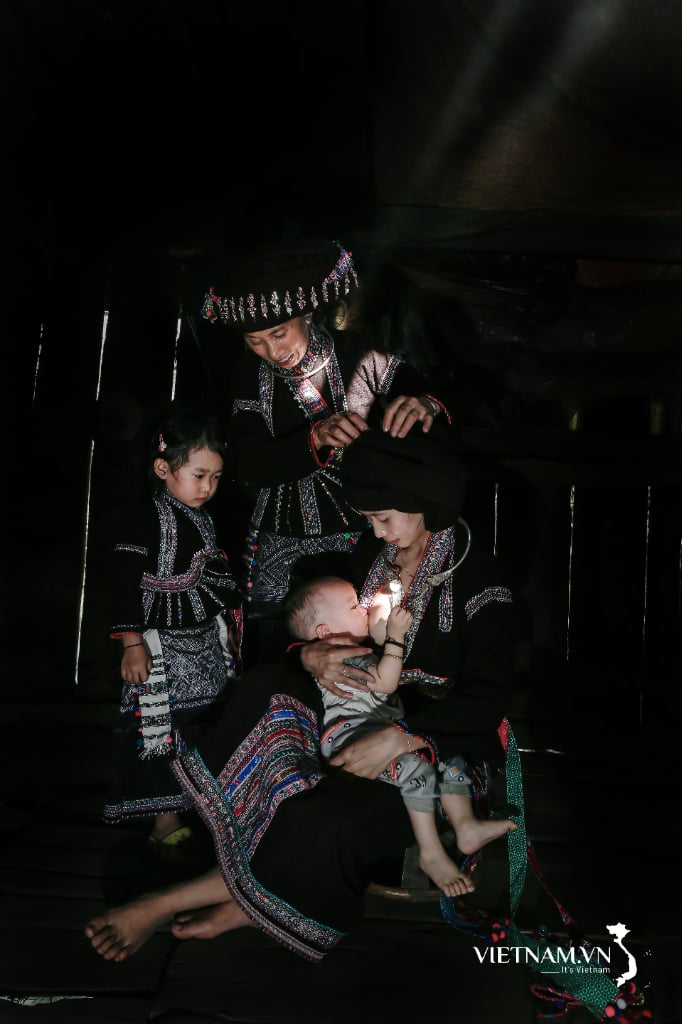
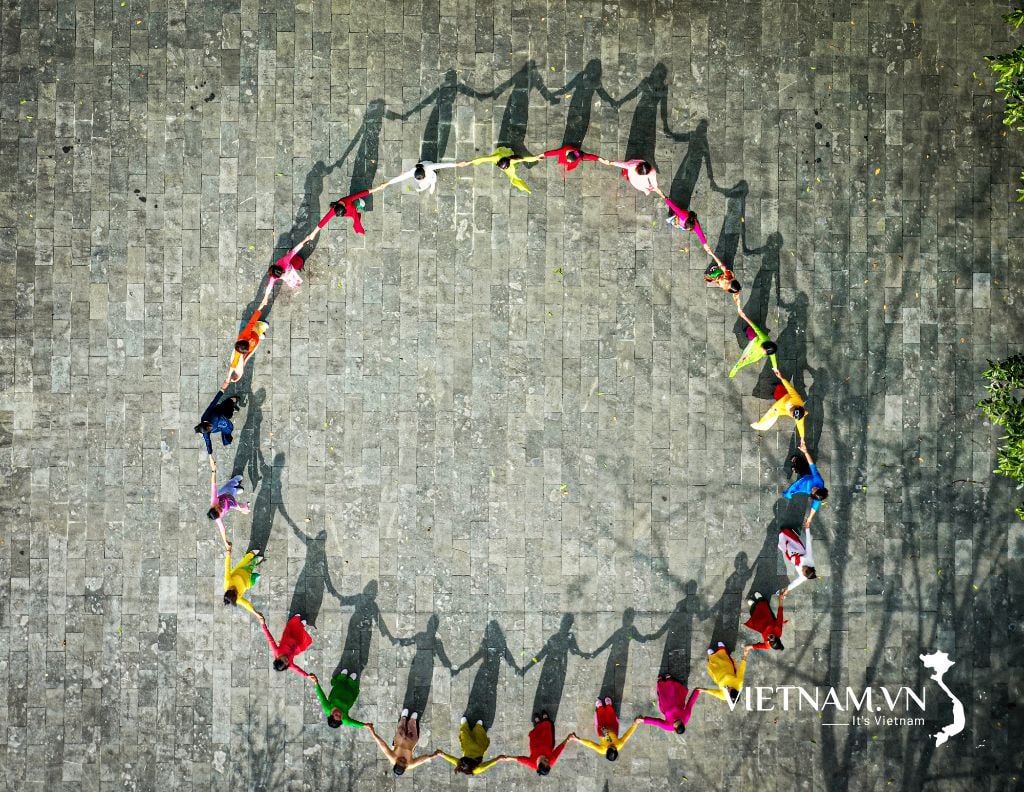
Comment (0)